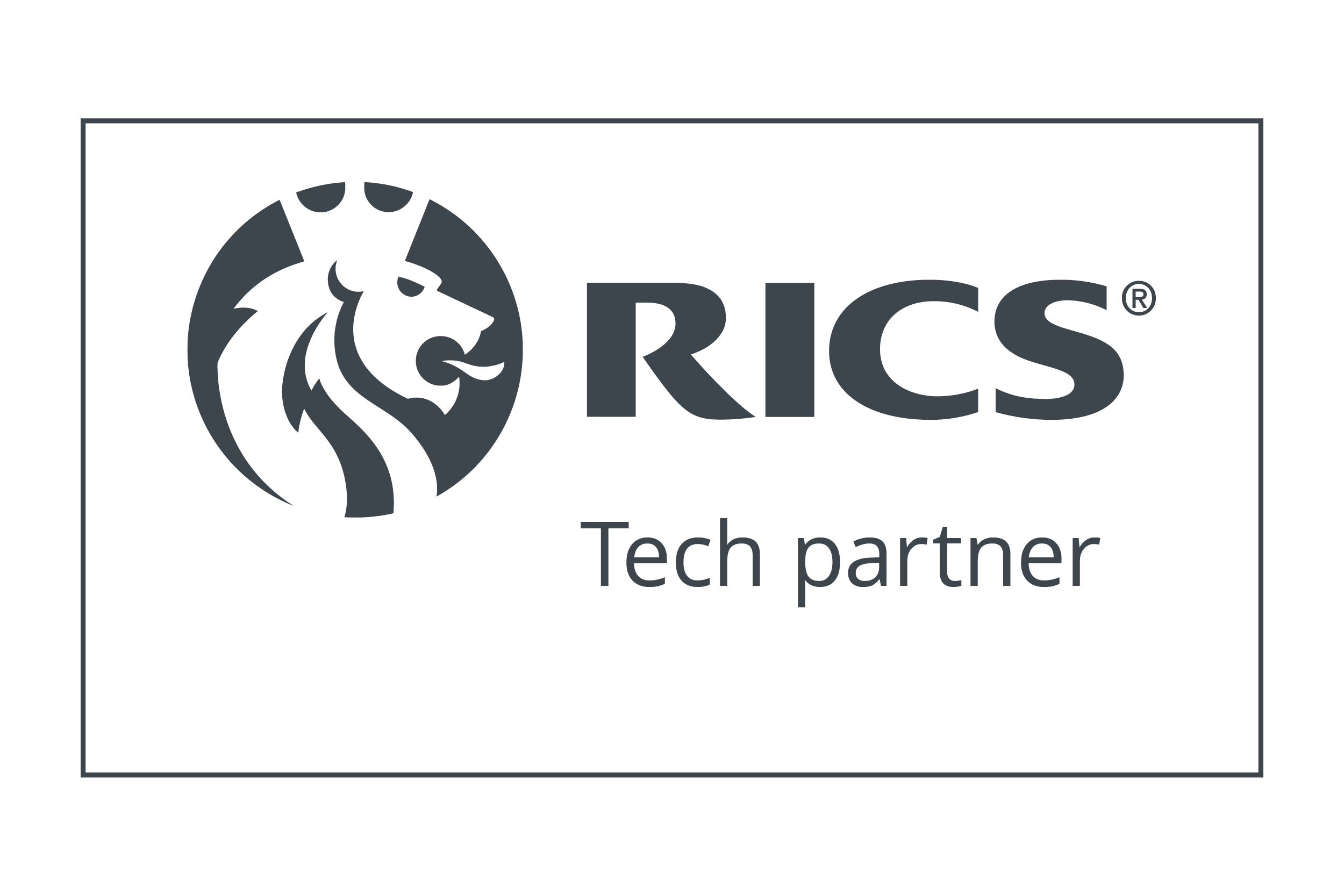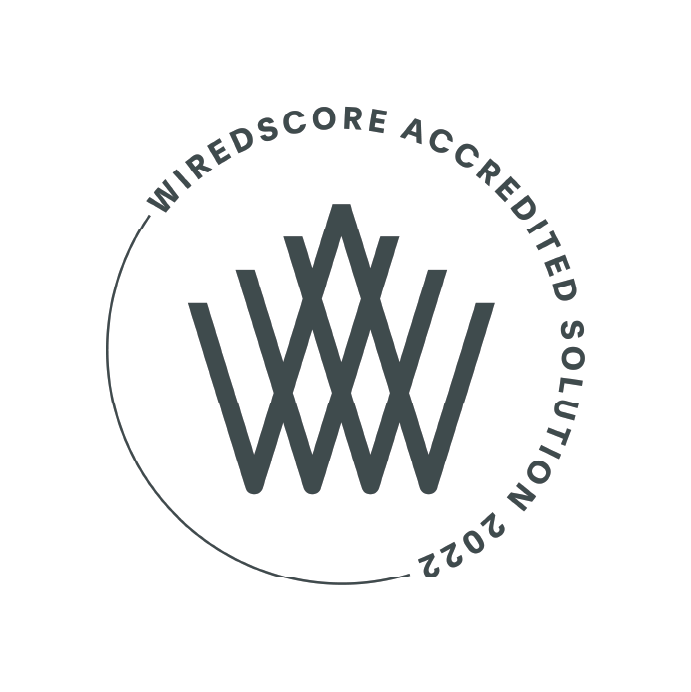The multifamily market has enjoyed a period of significant growth over the past few years. With the increasing demand from both investors, tenants, and homebuyers, as well as new laws that have been enacted to promote affordable housing, it’s fair to say that multifamily properties in the United States are in high demand.
Moreover, with the steady rise in population and living standards over the past few decades, more and more people are opting to move into multifamily units instead of older apartment complexes, drawn to their superior construction quality, build efficiency, and favorable locations.
In this article, we’ll discuss the current state of the multifamily industry, the risk factors involved in multifamily investment, recent trends in the market, and how you can protect your multifamily asset moving forward.
What is multifamily housing?
Multifamily housing is a residential property that is divided into multiple units typically by design. Buildings containing more than one dwelling unit can be classed as multifamily, but The U.S. Census Bureau considers multifamily housing to be a structure with five or more dwelling units. It’s worth mentioning that not all rental housing is multifamily, and not all multifamily dwellings are rentals.
Contrary to popular belief, multifamily real estate isn’t exactly new. Before the 19th century, it was common for many people to live under the same roof, but this wasn’t purpose-built multifamily housing as we know it today. It wasn’t until the 19th century, during what was a period of rapid industrialization in America, that more and more people were driven into cities. As such, this created a demand for affordable housing, which often meant higher-density multifamily housing developments like tenements.
In 1972, more than 900,000 multifamily housing units were issued permits in the United States. Despite this, multifamily housing has not always been in high demand. By the early nineties, that figure had fallen to approximately 139,000 multifamily units.
An introduction to the multifamily market
The multifamily market is a broad term that refers to the residential real estate industry, consisting of both rental and for-sale apartments. The multifamily industry is one of the oldest forms of real estate investment and one of the most popular, but it’s not without risk.
Being one of the largest real estate markets in the world with more than 600 million people living in apartments, the multifamily market is wide and varied. The United States alone has over 170 million households and 800,000 apartment complexes in this asset class. With such high demand and an ever-growing population, the multifamily market is expected to continue to grow significantly in the near future.
Whether you are a real estate investor, a tenant, or even a homebuyer, the multifamily sector offers a number of benefits compared to other forms of real estate. Apartments are expected to continue as one of the fastest-growing assets in the future. In fact, according to a report by New World Economics, the share of multifamily properties as a percentage of total US real estate investment is estimated to rise to over one-third by the year 2050.
Developments in the multifamily market
One of the major reasons why the multifamily sector is expected to grow so rapidly is because of the large number of existing developments and the large number of new developments that are scheduled. Multifamily apartments are usually constructed in a fast-track mode in order to meet the immediate, growing demand both statewide and nationwide.
As a result of this rapid growth, more and more people are investing in the sector, and more tenants or homebuyers are choosing multifamily. Additionally, both the supply and demand of multifamily units is expected to increase in the near future due to the growing number of young people entering the market.
With this in mind, multifamily units or developments are one of the best assets for investors looking to capitalize on the growing demand in the market. Multifamily units also offer a high rate of return because of their high rental yield.
Following 2020, a nerve-wracking year for investors, many were unsure as to how 2021 and 2022 would shape up. Overall, all-time high prices and compressed yields dominated. Despite any perceived uncertainty, multifamily has maintained a strong position. But will it stay like this for long?
In a recent interview with Forbes, Ellie Perlman, founder and CEO of Blue Lake Capital LLC., predicts high prices throughout 2022, and adds that cap rates could remain the same.
“I also expect vacancies to remain low and rents to keep growing,” Perlman said. “The reason why I think that this will happen is that I believe migration from core markets to secondary and tertiary markets, and migration from the cities to the suburbs, will continue.”
Perlman believes that this migration is a direct result of the increase in working from home. As the need to attend the office dwindles, so too does the need to live close to densely populated business hubs.
Protecting your multifamily investment
Because the share of apartments as a percentage of total real estate investment is expected to increase to over one-third by the year 2050, it’s important for facilities managers, property managers and developers to anticipate portfolio growth and diversification.
One of the keys to managing rapid changes in a property portfolio is efficiency, and not just the efficiency of the asset itself. Streamlining and automating labor-intensive processes and tasks will become vital for operational effectiveness.
Given that assets in the multifamily class are among the most expensive to own and operate, it’s no surprise that many developers and property managers are looking to technology for a solution. From the tenant experience to multifamily real estate inspections, technology is playing an increasingly important role in maintaining the high standards set by the vast majority of new multifamily developments.
Whether that’s scheduling and conducting inspections across an entire portfolio, or issuing self-assessments directly to tenants, property managers, or landlords, stakeholders are choosing smarter ways to work to de-risk their investments and open the door to new opportunities.
Explore our multifamily inspection templates today or book a demo by clicking the button below.











